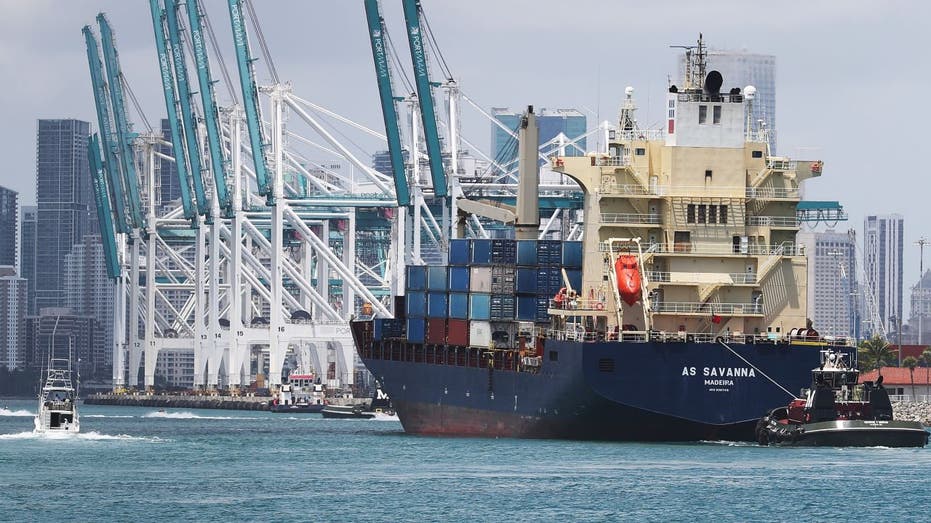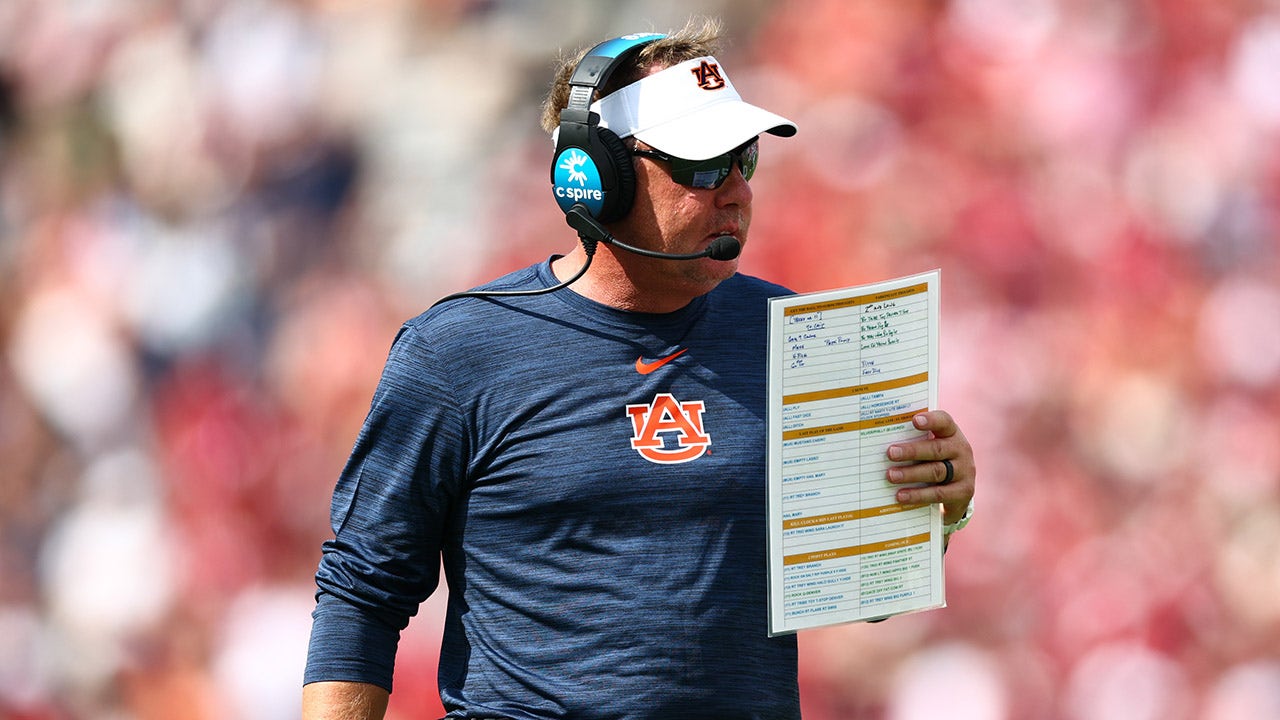The U.S. economy contracted in the first quarter as tariffs caused importers to surge shipments before higher levies took effect.
The Commerce Department’s Bureau of Economic Analysis (BEA) released its third estimate for first quarter gross domestic product (GDP), which found the U.S. economy contracted at an annual rate of 0.5% in the first quarter, which runs from January through March.
Economists surveyed by LSEG had expected the economy to contract at a 0.2% rate in the quarter, in line with the second preliminary reading. The contraction comes after 2.4% GDP growth was recorded in the fourth quarter.
The 0.5% GDP contraction shown in the final first-quarter GDP figures is the first quarterly contraction since the first quarter of 2022.
JOB SEEKERS IN LIMBO AS LONG-TERM UNEMPLOYMENT PERSISTS
The decline in GDP was attributed primarily to an increase in imports along with a decrease in government spending. Those shifts were partly offset by increases in investment and consumer spending.
Imports surged 37.9% in the first quarter and accounted for a contraction of 4.66% in GDP, as firms ramped up imports in an effort to minimize the impact of President Donald Trump’s tariffs, which are taxes on imported goods. In the GDP calculation, imports are subtracted because the metric is meant to measure domestic production.
Government spending was down 0.6% compared with the prior quarter, with a decline of 4.6% in federal spending partially offset by a 2% gain by state and local governments.
INFLATION INCREASED SLIGHTLY ON AN ANNUAL BASIS IN MAY
Consumer spending was up 0.5% in the first quarter, with spending on goods up 0.1% and services spending rising by 0.6%, compared with the prior quarter.
Private investment rose 23.8% in the first quarter, following a contraction of 5.6% in the fourth quarter.
Disposable personal income was 2.5% in the first quarter, unchanged from the fourth quarter. Personal savings as a percentage of disposable income was 4.3%, up from 3.8% at the end of last year.
JPMORGAN CEO JAMIE DIMON WARNS ECONOMIC CONDITIONS MAY DETERIORATE SOON
“The data confirm that tariff anxiety spurred a front-loading of activity early in the year – businesses rushed to import goods ahead of new duties, while consumers accelerated purchases of some items to avoid looming price hikes,” said EY chief economist Gregory Daco.

“The timing of these wild swings in demand and supply was spread across quarters so that the Q1 and Q2 GDP print are more reflective of the tariff mist than a clear-cut read on economic flows,” Daco added.
“The decline in Q1 GDP was a touch more than previously thought, but the details are more troubling because of the downward revision to real final sales to domestic purchasers, the engine of the economy,” said Ryan Sweet, chief U.S. economist at Oxford Economics.
Read the full article here















